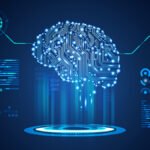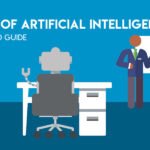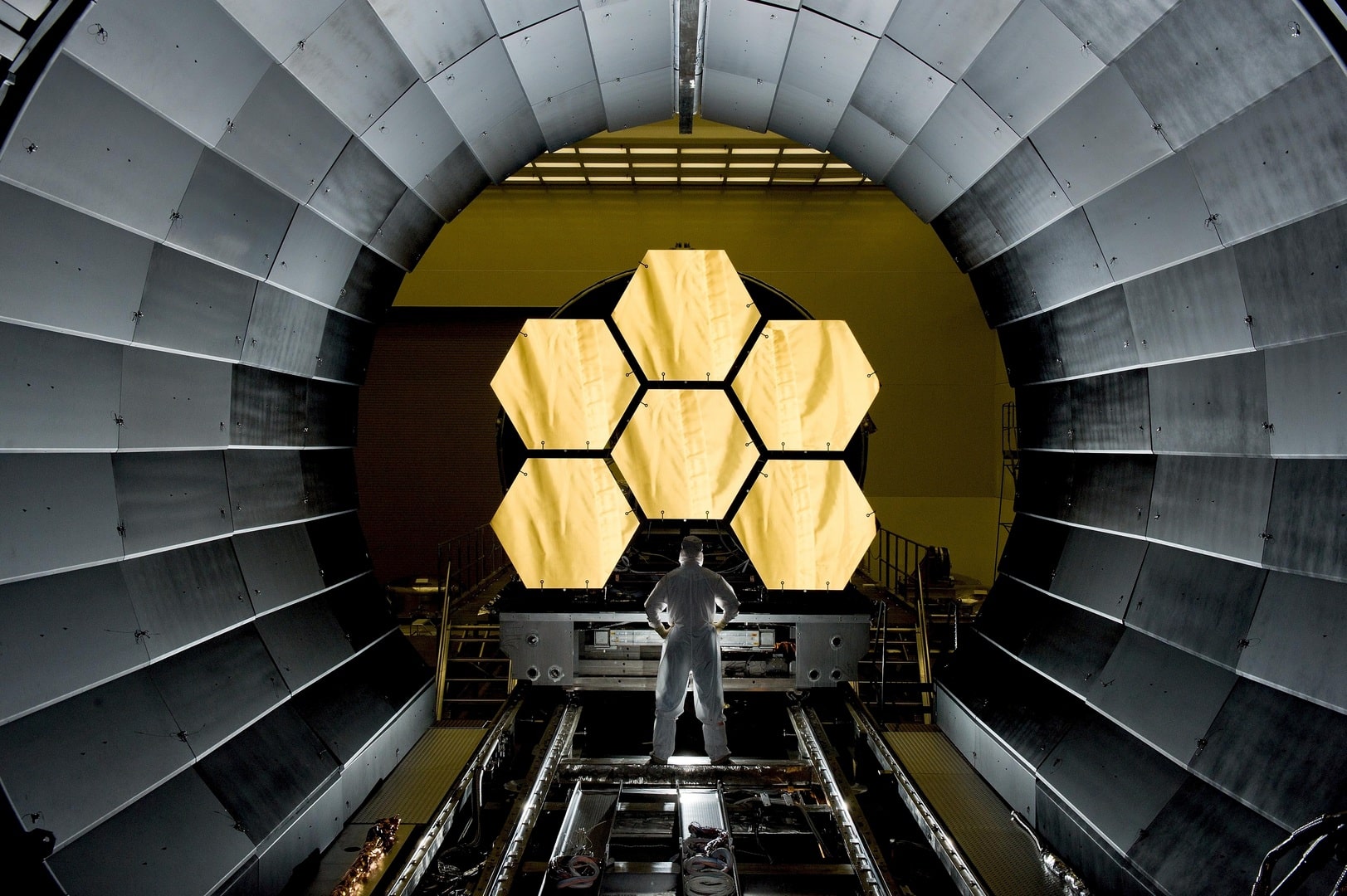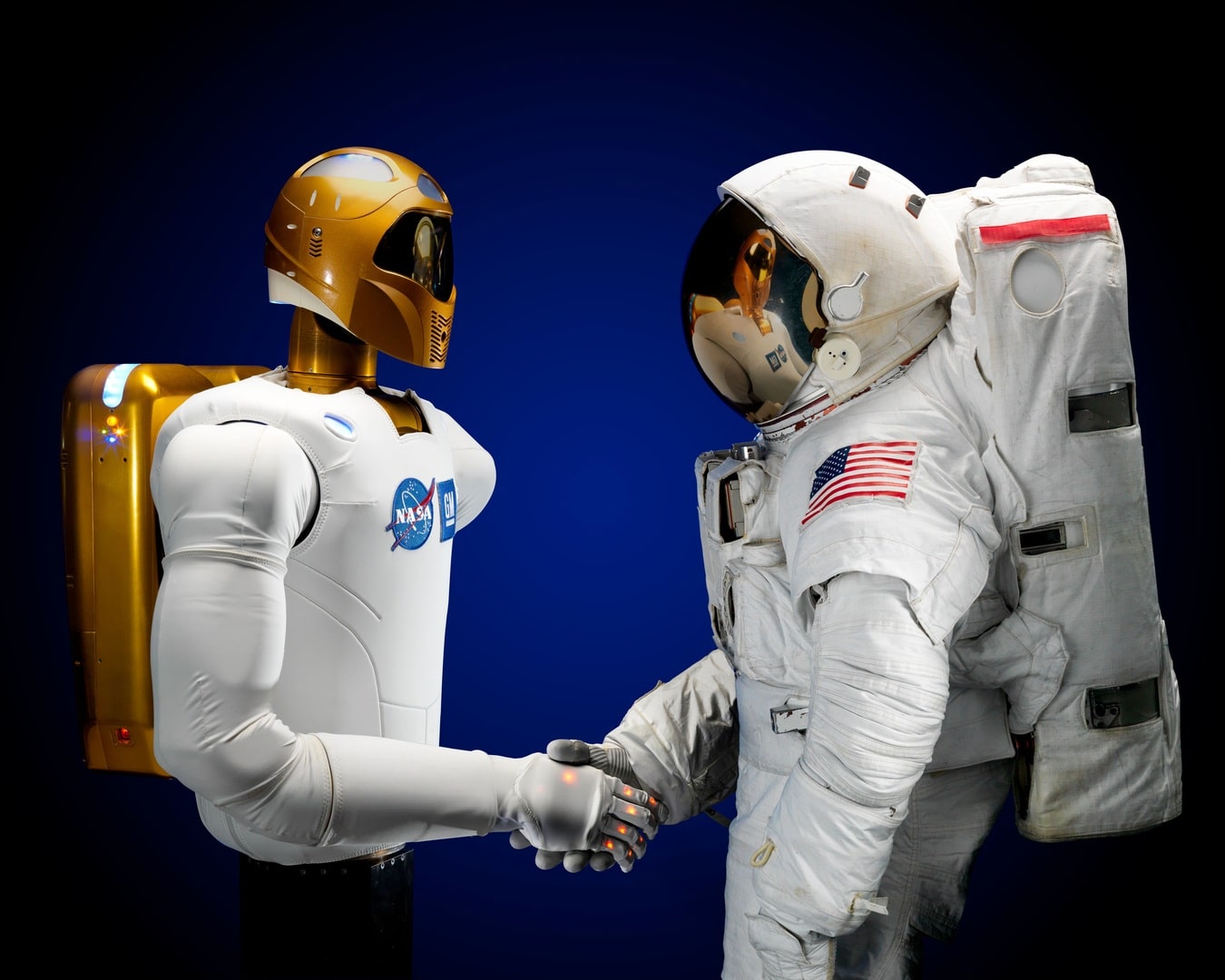AI in Renewable Energy: Leveraging AI for efficient energy management in green technologies.
As the world increasingly embraces the urgent need for sustainable solutions, the integration of Artificial Intelligence (AI) in renewable energy is proving to be a game-changer. By harnessing the power of AI-driven technologies, renewable energy sources like solar, wind, hydro, and geothermal are becoming more efficient, reliable, and economically viable. This blog delves into the ways AI is revolutionizing the renewable energy landscape, optimizing energy management, and driving us closer to a greener future.
The Role of AI in Renewable Energy
AI brings unprecedented capabilities to renewable energy systems, enabling them to respond dynamically to changing conditions and demands. The key areas where AI is transforming the renewable energy sector are:
- Advanced Resource Forecasting: AI algorithms can analyze historical weather patterns and real-time data to predict the availability of renewable resources like solar irradiance and wind speed. By accurately forecasting energy supply, grid operators can plan and balance energy generation and consumption more efficiently.
- Smart Grid Optimization: AI facilitates intelligent energy management in smart grids. It can monitor electricity demand, consumption patterns, and grid stability in real-time, allowing for dynamic adjustments and load balancing. This helps reduce energy wastage and enhances grid stability and reliability.
- Predictive Maintenance: AI-driven predictive maintenance systems monitor the performance of renewable energy assets, such as wind turbines and solar panels. By analyzing data on equipment health and performance, AI can detect potential issues early, enabling timely maintenance and minimizing downtime.
- Energy Storage Management: AI optimizes energy storage systems by predicting demand patterns and determining the most efficient use of stored energy. This ensures a continuous and reliable power supply from intermittent renewable sources, making energy storage a more viable solution.
- Autonomous Microgrids: AI-enabled microgrids can operate autonomously, integrating various energy sources, storage units, and local energy consumers. They can dynamically balance supply and demand, especially in remote areas or during emergencies, reducing reliance on traditional power grids.
Benefits of AI in Renewable Energy
- Increased Efficiency: AI optimizes energy production, distribution, and consumption, making renewable energy sources more efficient and cost-effective.
- Reduced Carbon Footprint: By enhancing renewable energy management, AI contributes to a significant reduction in greenhouse gas emissions, supporting global efforts to combat climate change.
- Enhanced Reliability: AI’s ability to predict and prevent equipment failures ensures renewable energy systems operate reliably, reducing downtime and maintenance costs.
- Empowering Consumers: AI-driven energy management solutions empower consumers to monitor and optimize their energy usage, promoting energy conservation and cost savings.
- Accelerated Adoption: AI’s ability to address the intermittency challenge of renewable sources accelerates the widespread adoption of green technologies.
Challenges and Future Outlook
While AI’s impact on renewable energy is promising, some challenges remain. Interoperability between AI systems and existing energy infrastructure, data privacy concerns, and the need for skilled AI experts in the renewable energy sector are a few obstacles. However, as technology advances and investments in research and development increase, these challenges are likely to be overcome.
The future outlook for AI in renewable energy is optimistic. With continued advancements in AI algorithms, computing power, and data availability, renewable energy technologies will become even more sophisticated and integrated. As AI solutions become more accessible and affordable, they will drive the transformation of the global energy landscape, making it more sustainable and environmentally friendly.





























